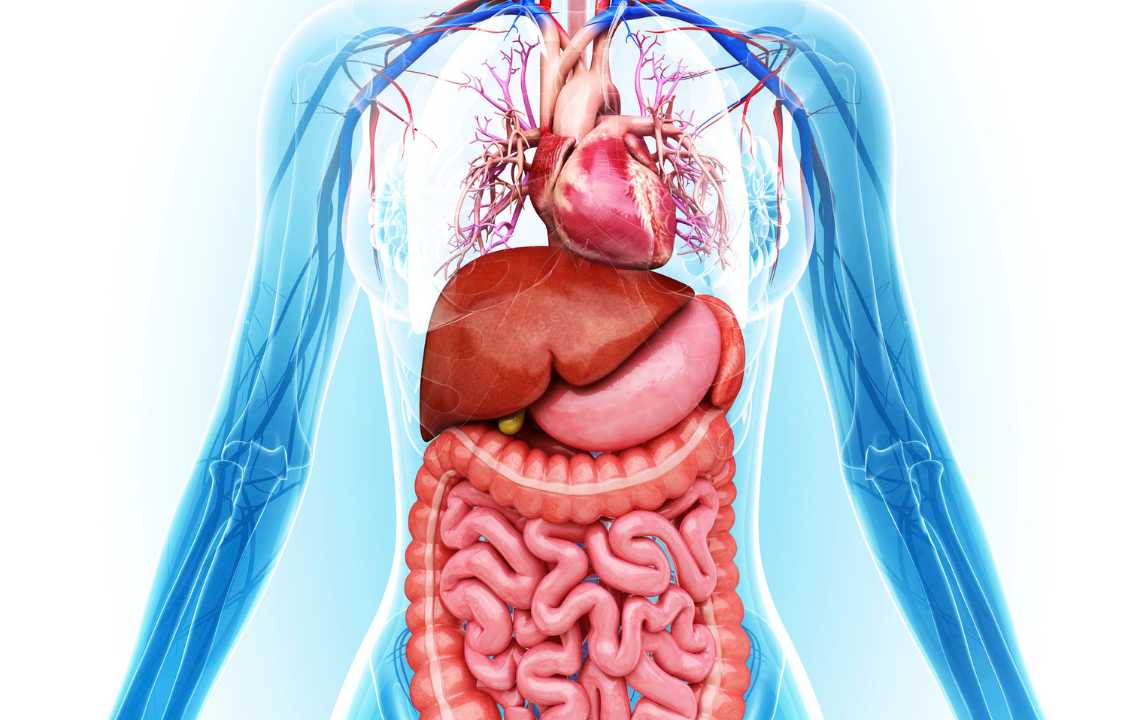Health Care, Insight
7 Organs or Glands you may do just fine without
The presence of body parts that can be safely removed, such as tonsils and the appendix, raises intriguing questions about their evolutionary purpose and why humans retain them despite their apparent nonessential nature.
One prevailing theory is that these structures served vital roles in the lives of our evolutionary ancestors but have become anatomical vestiges over time. For example, the appendix was historically thought to contribute to food digestion in our predecessors but gradually became obsolete over thousands of years.
Some organs and structures might have been supremely useful during specific stages of life or under certain environmental conditions but turned expendable in the course of evolution. This phenomenon is often attributed to changes in diet, lifestyle, and other factors that rendered certain structures less critical for survival.
In the case of tonsils, which were once routinely removed, they are part of the lymphatic system and play a role in immune function, particularly in early childhood. However, advancements in our understanding of the immune system and its functions have led to a more selective approach to tonsillectomies, with removal typically reserved for cases of recurrent infections or other specific medical conditions.
The evolutionary perspective helps shed light on why certain body parts, once seemingly essential for survival, have become dispensable in the context of modern human life. It also underscores the dynamic nature of evolution, where structures that were once adaptive may lose their significance over time.
Seven (mostly) unnecessary body parts
Understanding the human body involves appreciating the functions and occasional challenges encountered by various organs. From the appendicitis-prone appendix to the vigilant tonsils, adenoids, gallbladder, uterus, thymus gland, and spleen, each plays a unique role in our overall health. Let’s embark on a journey through these organs, exploring their significance and the circumstances that may lead to interventions.
1. Appendix: A Culprit of Appendicitis
- Location: Hangs from the lower right side of the colon.
- Function: Unclear, but sometimes prone to blockage, infection, or inflammation.
- Intervention: Emergency surgical removal (appendectomy) is often necessary if antibiotics fail to resolve appendicitis.
2. Tonsils: Immune Guardians at the Throat’s Gateway
- Location: Back of the throat, on either side of and behind the uvula.
- Function: Act as specialized lymph nodes, part of the immune surveillance system.
- Intervention: Tonsillectomy is recommended for recurrent bacterial throat infections, particularly in children.
3. Adenoids: Guardians in the Nasal Backdrop
- Location: Back of the nose where nasal passages meet the mouth and throat.
- Function: Similar to tonsils; can become inflamed, infected, and swollen.
- Intervention: Typically removed alongside tonsils during a tonsillectomy and adenoidectomy.
4. Gallbladder: A Bile Storage Unit
- Location: Just under the liver in the upper right abdomen.
- Function: Stores bile to aid in digesting fatty foods.
- Intervention: Removal (cholecystectomy) may be necessary if inflamed due to infection or gallstones. In some cases, rest and antibiotics can offer alternatives.
5. Uterus: The Womb of Fetal Growth
- Location: In the pelvis, with the cervix connecting to the vagina.
- Function: Supports fetal growth until birth.
- Intervention: Removal (hysterectomy) is a viable option for issues like painful menstruation, fibroids causing pain or bleeding, or cancer.
6. Thymus Gland: Immune Maturation Hub
- Location: High in the upper chest behind the breastbone.
- Function: Crucial for immune system development in fetuses and newborns; less critical in adults.
- Intervention: Thymectomy may be recommended for cancer or the autoimmune condition myasthenia gravis.
7. Spleen: Guardian of Blood Integrity
- Function: Filters blood, removing infectious organisms, aging blood cells, and abnormal cells.
- Intervention: Removal (splenectomy) may be necessary for conditions like idiopathic thrombocytopenic purpura (ITP) or traumatic injuries causing internal bleeding. Vaccinations are recommended for those undergoing splenectomy.
Understanding the role and potential challenges of these organs empowers individuals to make informed decisions about their health. While interventions like surgeries are sometimes necessary, they often contribute to improved well-being and quality of life. Regular health check-ups and proactive discussions with healthcare providers are essential for maintaining optimal organ function and addressing concerns promptly.
The bottom line
The notion that at least half of all body parts are unnecessary is indeed a myth, but like many myths, it contains a grain of truth. While there are body parts that can be safely removed, it is generally advisable to avoid unnecessary surgery and retain the organs and structures you were born with whenever possible.
For instance, the appendix, once considered a vestigial organ, has been found to play a role in immune development and the storage of beneficial bacteria for gut repopulation in case of illness. This highlights that our understanding of so-called “spare parts” may evolve over time.
It’s crucial to recognize that even seemingly expendable organs, like the thymus, may have roles in preventing cancer, autoimmune disorders, and other health issues. Research continues to uncover the complexity and significance of various body parts.
As medical knowledge advances, we may discover important functions for other organs and structures currently considered expendable. Therefore, the decision to remove any body part should be carefully considered, taking into account the potential long-term consequences and the evolving landscape of medical understanding.

